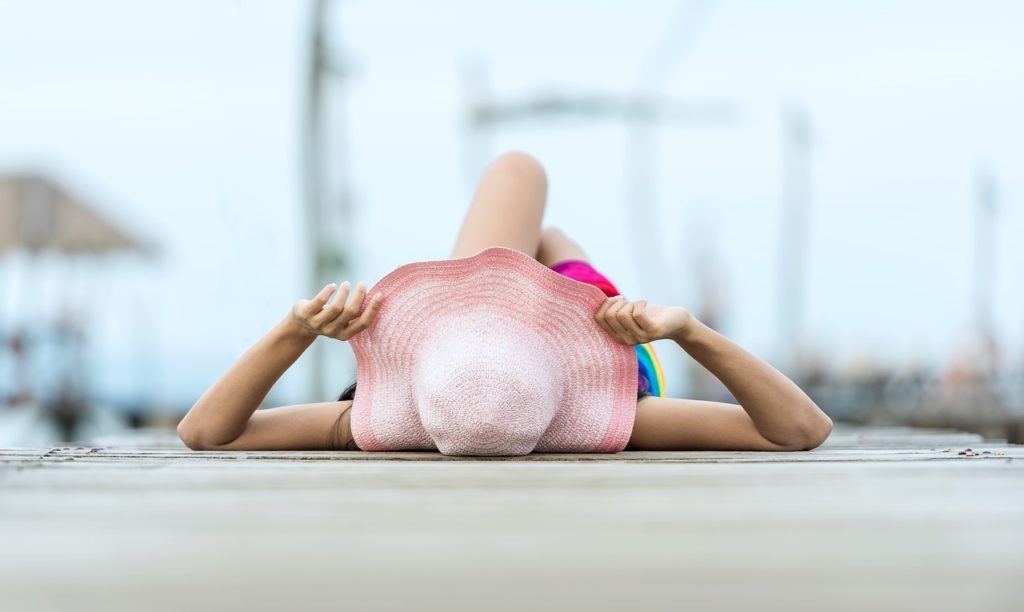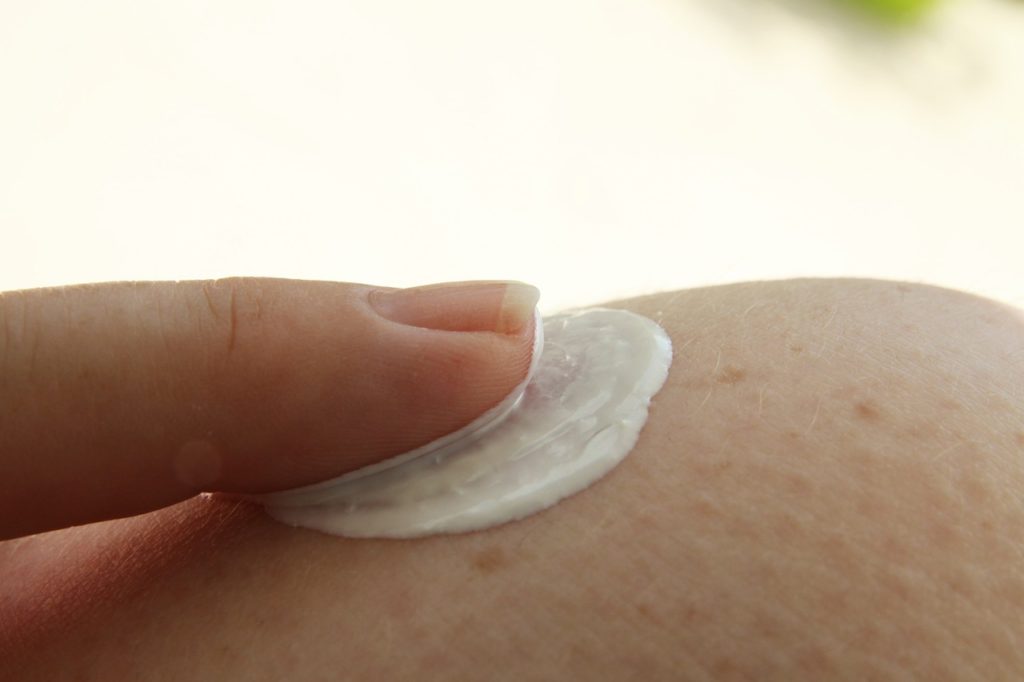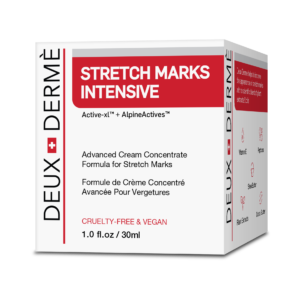Early this month, Australian swimsuit model Elyse Knowles took to her website’s blog to tell the story about her battle with stretch marks and how she has significantly reduced the appearance of her stretch marks with laser therapy. Knowles tells the story of how she developed stretch marks as a teenager during puberty; as her body grew swiftly, stretch marks formed on her buttocks in response.
While the stretch marks did not prevent the model from a high-profile swimsuit modeling career, she made the decision recently to have them removed with laser treatment at a local clinic in Australia. Knowles takes the time to mention that she feels there is nothing wrong with stretch marks and comments that she knows many other models that have them as well, but even so she admits feeling somewhat insecure about her stretch marks—even though she knows that they’re normal.
Knowles received three treatments over the course of six months and posted pictures on her website to show the before and after results. While she admits in the comments that the stretch marks she had were very deep and did not go away completely, she says that her skin looks significantly better and that the visibility of the stretch marks diminished quite a bit.
What Is Laser Therapy?
Laser therapy is the process of using pulsating lasers to stimulate production of collagen and elastin and encourage new skin growth. When stretch marks form, it is because skin does not have enough elasticity to handle rapid changes in the shape of the body. In Knowles’ case, these rapid body changes were caused by puberty, but other common causes include weight gain, quick muscle development, and pregnancy.
Collagen and elastin development that occurs as a result of laser therapy encourage skin to repair itself by encouraging new skin growth in areas damaged by stretch marks. Stretch marks occur in the middle layer of skin—known as the dermis—so the best way to get rid of them or reduce their visibility is through use of a stretch mark removal cream or treatment—like laser therapy or a chemical peel—that encourages new skin to grow over top of the damaged layer of skin with visible stretch marks.
A number of different lasers can be used as part of laser therapy that work better for different types of stretch marks. For example, for deep red stretch marks, lasers can reduce the color and inflammation of those damaged skin areas. For white stretch marks, a Fraxel® laser may be more effective. The Fraxel® laser works by damaging skin in order to stimulate regrowth around areas where stretch marks have formed. According to Knowles, the procedure is only mildly painful—no worse than getting a wax.
Doctors Nearby and Treatment Costs
To find doctors in your area that can perform laser therapy to minimize the appearance of or get rid of your stretch marks—and to get a quote on the cost of the treatment—use our stretch mark treatment cost calculator.





